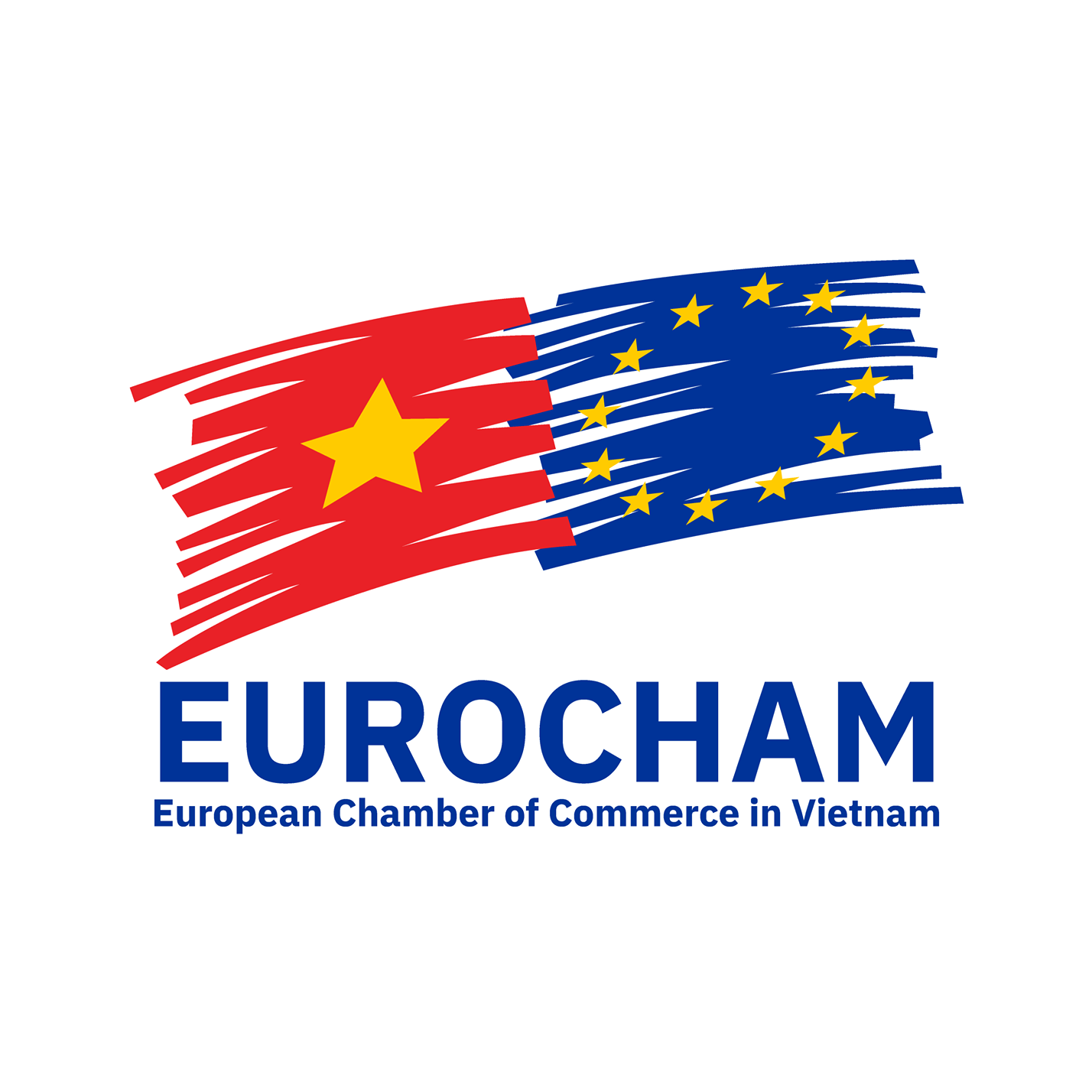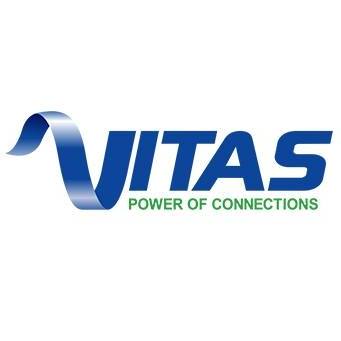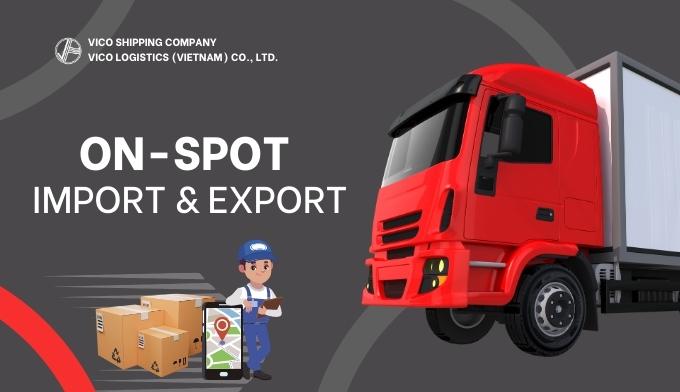
Are you concerned about on-spot export import regulations? To better understand these regulations, let's take a look at importation regulations with VICO. This may help your cargoes be imported or exported smoothly and with minimize risk.
1. Over view of on-spot export import regulations
1.1 How important are on-spot export imports in your manufacturing?
Customs clearance can be a complicated process in manufacturing, which can slow down the delivery of your cargoes to clients. So, what's the best solution to help you get your goods to your customers on time and minimize costs? Let us guide you on how to take advantage of on-spot export import.
First, you need to get information from the Customs Clearance Department to avoid making any mistakes in your paperwork. This includes providing accurate information about your goods, tax applications, and customs declarations forms, all in accordance with current regulations.
Second, the customs clearance procedure plays an important role in on-spot export import regulations. You need to clear all necessary documents and undergo a physical inspection according to the law. Once you have a good understanding of this process, it will be faster and you will be less likely to break the law, which could result in fines.
In addition, you cannot forget about the process of paying taxes and related fees. Understanding the payment methods and regulations concerning foreign exchange will help you save time and ensure the validity of your transactions.
In conclusion, customs clearance is a necessary step in on-spot export import. To smooth the process, you need to understand the current procedures. In other words, you need to take the time to prepare your documents carefully and process your international payments correctly. This will ensure that your cargoes are delivered to your customers on time and with minimize risk.
1.2 What are on-spot export import regulations in Vietnam?
On-spot export import is a type of business where goods are imported into a country for manufacturing, and then exported back out of the same country. In other words, the import and export process takes place entirely within the same country. This type of business is often used to take advantage of lower labor costs
For example: A Chinese company (seller) called A who deliver goods to B (Vietnam company). A factory is manufacturing products as requested of A and is nominated to transport to B in Vietnam. This process from importing and exporting are processed in Vietnam. This type of trading business is on-spot export -import in Vietnam.

In a traditional way, a company in China (A) would export goods from China to Vietnam, and then transport the goods to customers in Vietnam (B). This process can be time-consuming and expensive, and it can lead to higher prices for customers. On-spot export import allows companies to export and import goods within the same region, which can save time and money.
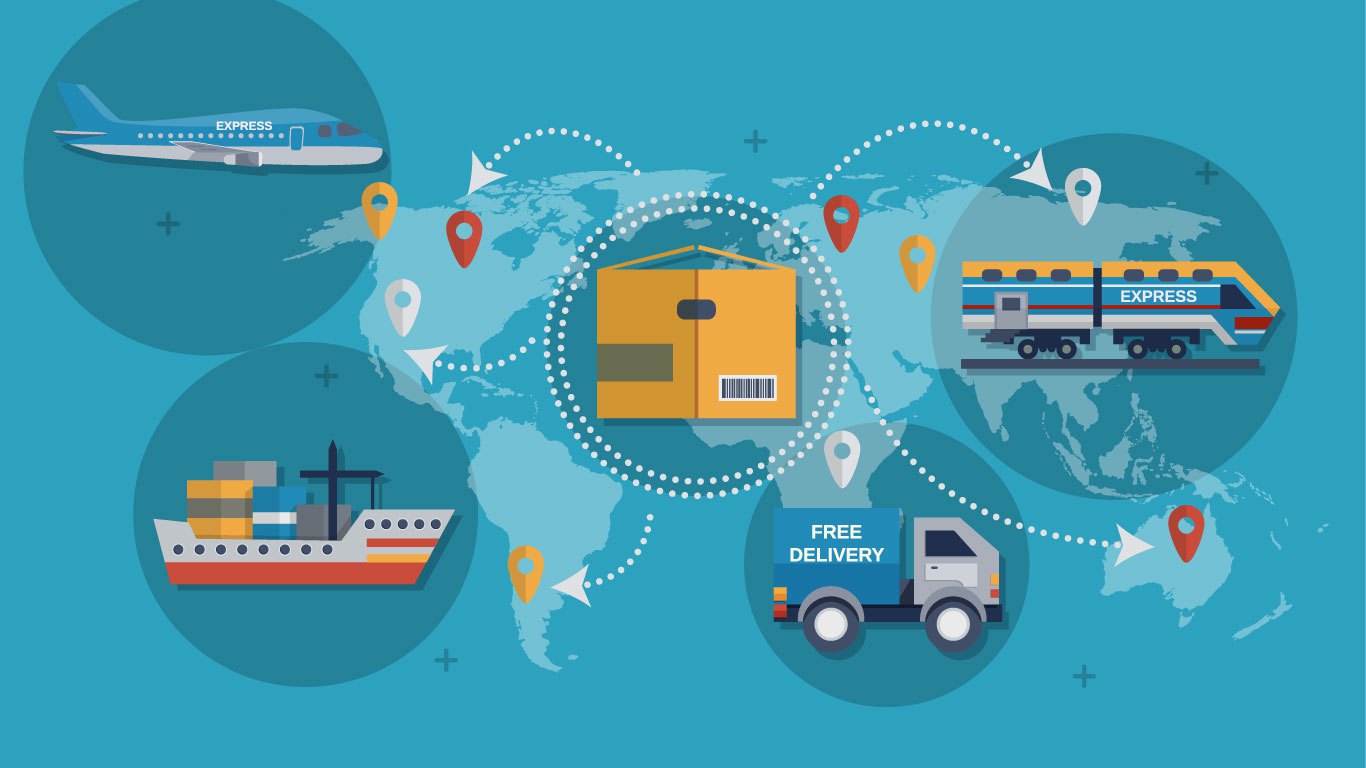
1.3 on-sport export import goods
According to Circular No. 38/2015/TT-BTC, which regulates "Customs procedures for on-site import and export of goods", on-site import and export goods are divided into three categories as follows:
Products under processing contracts, rented or borrowed machinery and equipment, excess materials, waste and scrap, all of which are part of processing contracts as stipulated in Article 32, Clause 3 of Decree No. 187/2013/NĐ-CP.
Goods bought and sold between domestic enterprises and export processing zones and free trade zones.
Goods bought and sold between Vietnamese enterprises and foreign organizations and individuals that do not have a presence in Vietnam and are appointed by foreign traders to deliver and receive goods with other enterprises in Vietnam.
2. Important notes to concern when processing customs declaration for on-spot export and import of goods
2.1. Be aware of customs clearance paperwork requirements for on-spot export and import of goods
Customs declaration for on-spot export and import regulations of goods are implemented in accordance with Article 16 of Circular No. 38/2015/TT-BTC.
In the case of goods sold between domestic enterprises and export processing zones and free trade zones, the customs declarant uses value-added invoices or sales invoices according to the regulations of the Ministry of Finance instead of commercial invoices. In the case of financial leasing for export processing zones and free trade zones, the customs declarant does not have to submit commercial invoices or VAT invoices or sales invoices.
2.2. Prepare all relevant documents carefully and accurately.
2.2.1. Responsibilities of the exporter:
Declare export customs declaration information and combined transportation information, in which clearly enter in the box "Destination for tax-protected transportation" is the location code of the Customs Sub-department handling customs clearance procedures for import and the "Internal management number of the enterprise" criterion on the export declaration must be declared as follows: #&XKTC or in the "Other notes" box on the paper customs declaration;
Carry out customs clearance procedures for export goods according to regulations;
Notify the completion of customs clearance procedures for export to the importer to carry out customs clearance procedures and deliver goods to the importer;
Receive information-customs declaration for on-site import that has completed customs clearance from the importer at the place of import to carry out subsequent procedures.
2.2.2. Responsibilities of the importer:
Declare customs declaration information for import on time, in which clearly enter the corresponding on-site export customs declaration number in the "Internal management number of the enterprise" box as follows: #&NKTC#& the corresponding on-spot export import regulations customs declaration number or in the "Other notes" box on the paper customs declaration;
Carry out customs clearance procedures for imported goods according to regulations;
Immediately after completing on-site import procedures, notify the completion of procedures to the on-site exporter to carry out subsequent procedures;
Only put the goods into production and consumption after the imported goods have been cleared.
2.3 Pay all required tax fees and customs fees
On-spot export import regulations only work once you have paid full taxes and customs fee. Before processing, it is best to know the taxes, customs fee that are apply to your cargo and the final nation where the cargo would be transported. And you should also plan to make a full payment of these expenses on time.
2.4 Tracking the process of customs declaration with no missing any steps
To ensure on-spot export import regulations is effective and trouble-free, it is important to always keep track of customs regulations of application are correct. This includes researching customs regulations, filling out customs declaration form and entering physical inspection step. You must ensure that have prepared all of the necessary paperwork and have processed it on time.
These tips will help you avoid fines and delays.
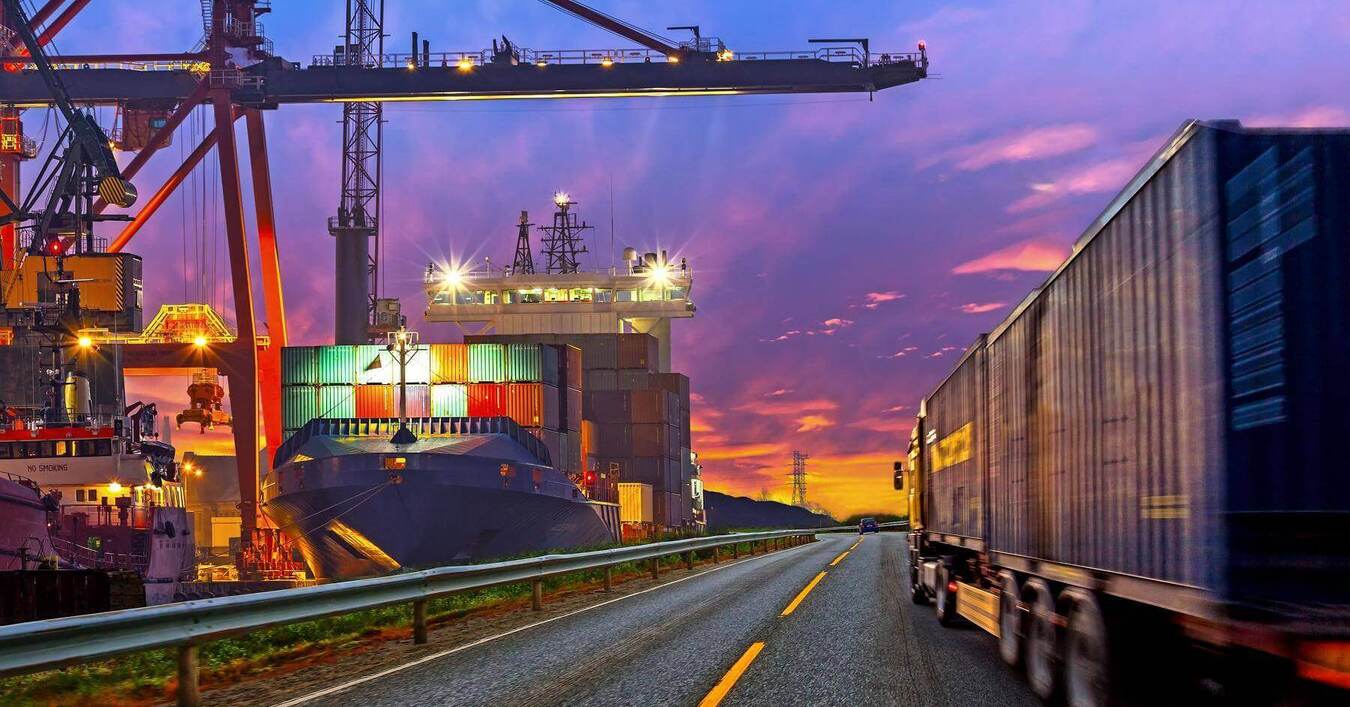
Overall, before processing on-spot export import regulations of your cargo, you should check list paperwork checklist, get to know safety and qualification of regulations. This can be minimize the risk of importing and exporting goods. There are 6 steps to process on-spot export import regulations as follows:
3. 6 steps of on-spot export and import
There are 6 simple step that are import to process:
1. Identify the goods to be exported and imported: First, you need to clearly identify the goods that you want to do on-spot export import regulations , such as the type of goods, quantity, value, and other related requirements.
2. Prepare relevant documents and register the export and import code: Next, prepare the necessary documents such as sales contract, invoice, transportation documents, and any other relevant documents. At the same time, register the export and import code at the customs authority to confirm that you are operating in the field of export and import.
3. Register with the customs authority and other relevant authorities (if necessary): If required, you need to register with the customs authority and other relevant authorities such as the quarantine authority, tax authority, or special management authority depending on the type of goods and destination country.
4. Carry out the transportation procedure: Next, you need to carry out the procedure for transporting goods from the export point to the import point.
5. Check customs clearance: When the goods arrive at the import point, the customs clearance and inspection process is carried out. Make sure that the customs documents, goods information, and inspection requirements are prepared in full and accurately.
6. Pay taxes and fees: Finally, you need to pay the customs taxes and fees related to export and import.
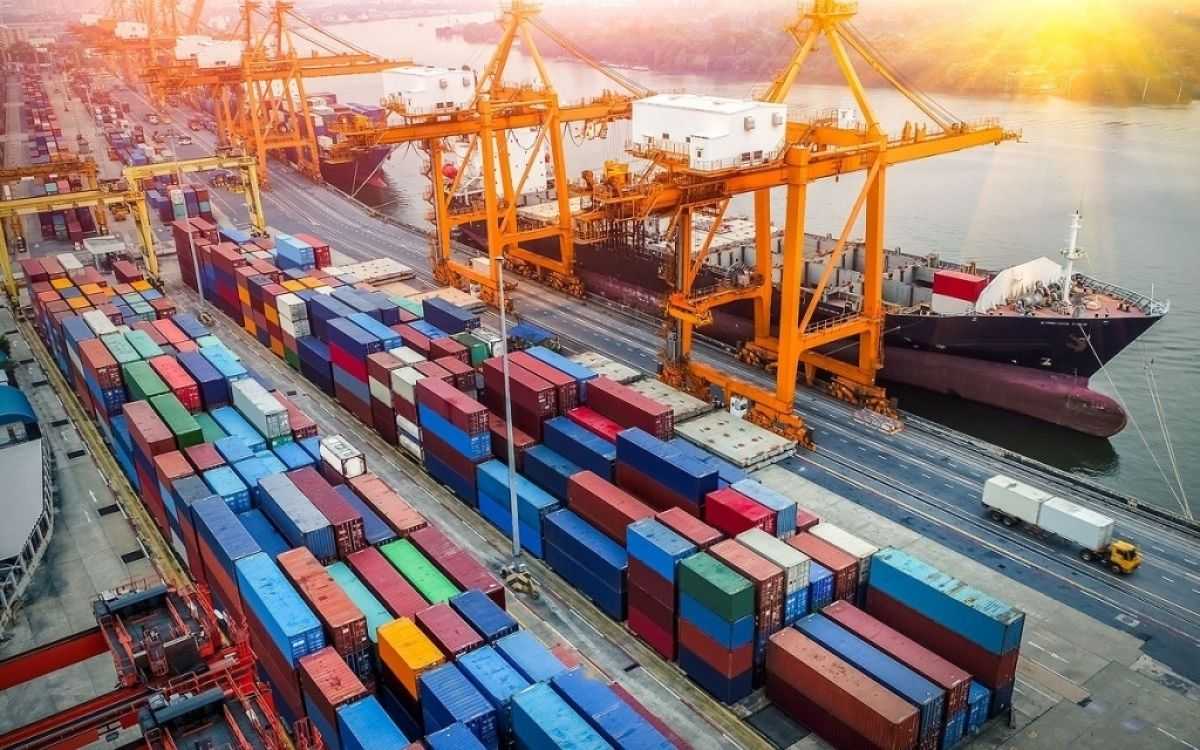
On-spot export import regulations slightly change for each contry and each goods. It is important to carefully check and follow the law to ensure a smooth and legal process
4. Experience on-spot export import with VICO Logistics
4.1 Introduce VICO Logistics and get to know on-spot export import regulations
>> Exporting Goods to Cambodia by Road
VICO Logistics is an on-spot export import leading service, shipping, and logistics company. We are here to assist you in understanding current on-sport import export regulations and the best way to process them. We ensure that your international import export is risky-free, fast, and meets your needs at the lowest possible fee.
4.2 The benefits to work with VICO to process your goods on-spot export import
Our on-spot export import service includes:
- Handling customs declaration and paperwork at your place, which can save you time and reduce transportation costs to the main border gate.
- Supporting you in identifying your goods, preparing documents, registering your importing code, and processing and delivering the goods to their final destination.
Our customs experts are always ready to assist you in registration with customs authorities and others. We ensure compliance with customs regulations and procedures, helping you to smoothly pass the export and import process.
With the accuracy and meticulousness in implementing customs procedures, we ensure that your goods will be inspected and cleared smoothly and on time. We also assist you in paying customs duties and fees, ensuring that you complete payments accurately and on time.
With VICO Logistics' on-spot export and import service, you can rest assured that the export and import process will be carried out smoothly and meet all customs requirements. Let us be your trusted partner in searching on-spot export and import regulations.
4.3 Our main services:
- Registration export import regulations
- Consultation the paperwork
- Handle in taxes and customs fees
- Ensure compliance with customs procedures and related laws.
Reliable logistics agency for seeking and researching on-spot export and import regulation
Conclusion
The important steps in processing on-spot export import are to provide enough customs regulations and to track the process carefully. This means that we need to follow the steps from registration, preparation of paperwork, checking customs declaration, and full payment of taxes and fees accurately and carefully. These steps will ensure that your cargo delivery process is fast, low cost, and more efficient.
Check out VICO Logistics as your reliable partners, and we will always accompany you in handling problems during the transport of your cargo with on-spot export import regulations.
--------
VICO LOGISTICS – Indochina Logistics Expert
Premium member of Eurocham, JCtrans, VLA, VCCI,... associations
Owned offices: Hong Kong (headquarter), China (Shenzhen, Shanghai), Vietnam (Ho Chi Minh, Da Nang, Hai Phong).
Follow us for more valuable information
Book now: https://vico.com.hk/#quotation
Contact us: mkt4_hcm@vico.com.hk (For business development)
